NEVS, the successor of SAAB, embarked on an ambitious project to develop an electric version of the iconic Saab 9-3 sedan. The company faced numerous challenges and setbacks during its journey. In a revealing video, Marcus and Manuela, renowned automotive YouTubers from the Saab Channel, had the unique opportunity to visit NEVS, experience the NEVS Emily GT prototype, and take a ride in the electric Saab 9-3.
This article delves into the details shared in the video, shedding light on the events that unfolded within NEVS after SAAB’s bankruptcy and the project’s eventual downfall.
Table of Contents
The Struggles of NEVS
Frank Smith and Peter Dahl, former employees of NEVS, played pivotal roles in the electric 9-3 project. Frank, who had previously worked in Saab Powertrain, joined NEVS as the engineering department manager. Peter, with a background in production, re-joined Saab in 1994. Together, they spearheaded the “Model 2014” project, aimed at reviving the Saab 9-3 model under NEVS.

The initial stage showcased a Saab 9-3 MY 2014 model ready for mass production. The city of Qingdao in China had invested in the project, ordering 10,000 Saab 9-3 vehicles for municipal services. However, the bankruptcy aftermath made it challenging to resume production due to disrupted supply chains and hesitance from suppliers who were owed money from the previous Saab company.
To complete the MY 2014 Saab 9-3 vehicles, NEVS had to improvise, sourcing components such as seats from the Volvo XC90 with modified foam and base. Unfortunately, the project faltered due to administrative issues with the Chinese city, leaving NEVS unable to pay the suppliers and resulting in further debts. Consequently, NEVS lost the right to use the SAAB brand for their vehicles.
A New Investor and the TS Project
NEVS attracted a new investor, the city of Tianjin in China, and SRIT (State Research Institute of Technology), for the TS project. SRIT, a state research institute, not only invested in the project but also established a factory in Tianjin for the production of electric vehicles based on the Saab 9-3 platform.
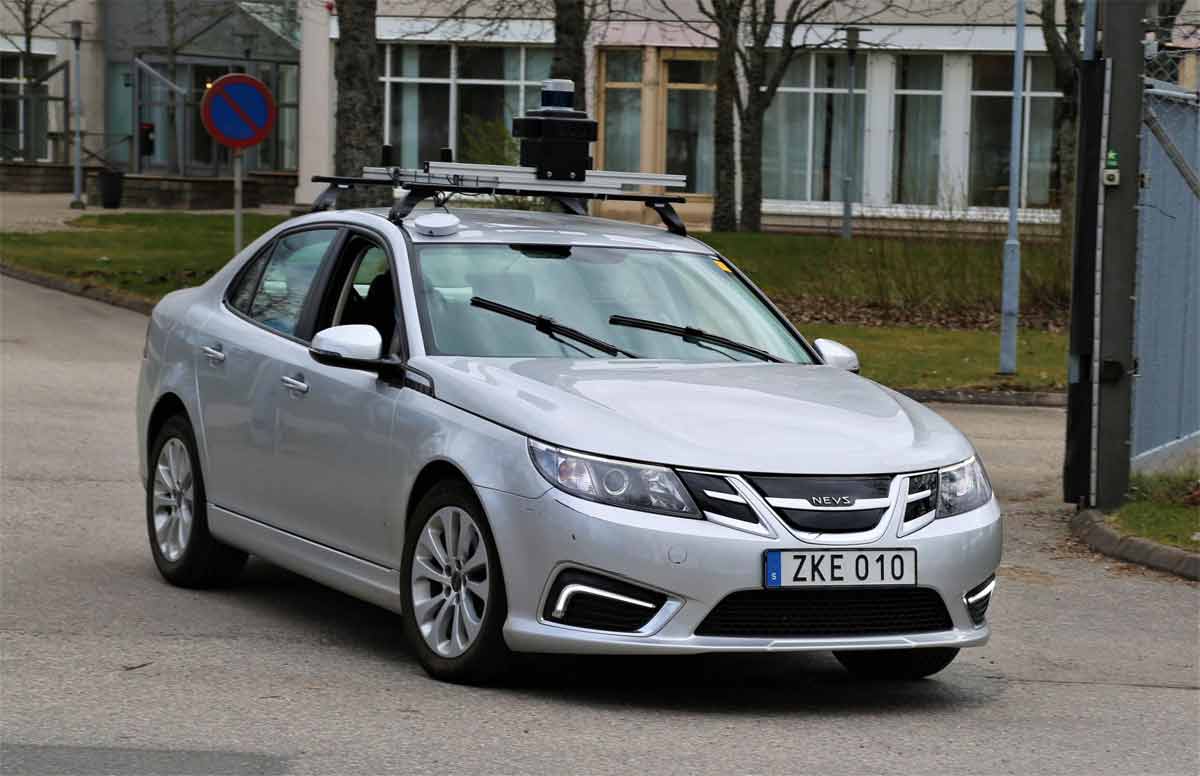
Initially planned as an assembly plant, the project expanded to include chassis sectors, an automobile factory, and industrial presses, which were completed around 2018. Production commenced, with 300 to 500 vehicles being assembled, until Evergrande Group intervened.
Evergrande’s Involvement and Project Halt
The Chairman of the Evergrande Group, dissatisfied with the 9-3-based design, halted production of the electric vehicles. This decision led to the initiation of a new project, which unfortunately lacked sufficient development time.
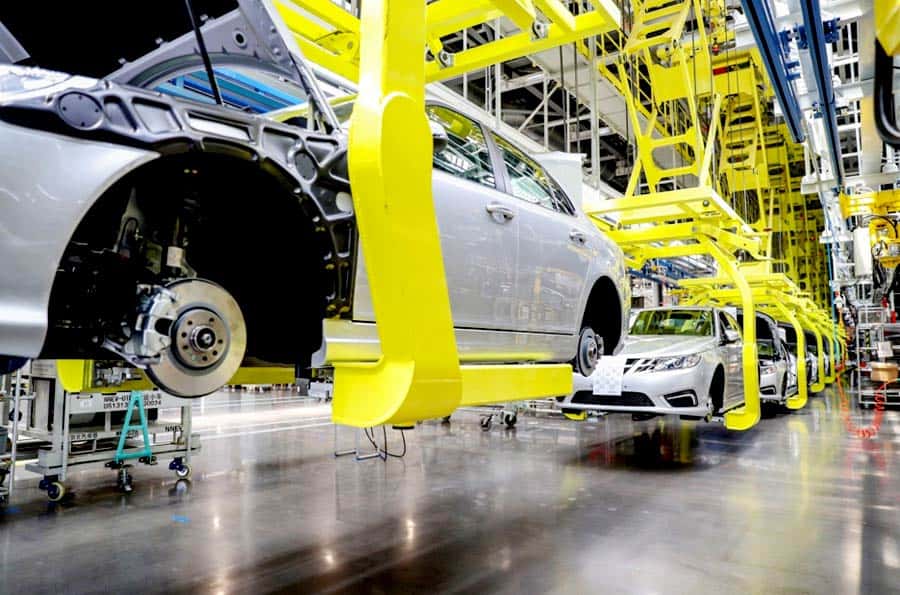
The revised design was still based on the 9-3 model, featuring wider doors by 15 centimeters, but approximately 70% of the body shell was new. These electric 9-3 vehicles were manufactured in China, and 12 of them were sent to Trollhättan, Sweden, for testing purposes.
When the Swedish development team reached 80% completion, they handed the project over to their Chinese colleagues, who immediately focused on cost reduction. One of the cost-cutting measures involved the installation of batteries without rapid charging capabilities due to inadequate cooling. Additionally, there were further reductions in expenses, although not visibly apparent to the naked eye.
The Future Prospects
Although Frank Smith and Peter Dahl are no longer employed by NEVS, they aim to sell the completed NEVS Emily GT project, a high-performance electric vehicle with impressive design, as well as the PONS project, an autonomous electric vehicle. NEVS has granted them permission to use their premises for presentations and a test track to showcase the full potential of the Emily GT to potential clients.

How the electric NEVS 9-3 failed
The video featuring Marcus and Manuela offers valuable insights into the inner workings of NEVS, SAAB’s successor, and their endeavors to develop an electric version of the Saab 9-3 sedan. NEVS faced multiple obstacles throughout its journey, resulting in the discontinuation of several projects.
Despite these setbacks, the NEVS Emily GT prototype and the electric 9-3 model serve as testaments to the dedication and innovation of the NEVS team. While the future of NEVS remains uncertain, the passion exhibited by Frank Smith, Peter Dahl, and the entire NEVS team in their pursuit of electric mobility is noteworthy and deserves recognition.






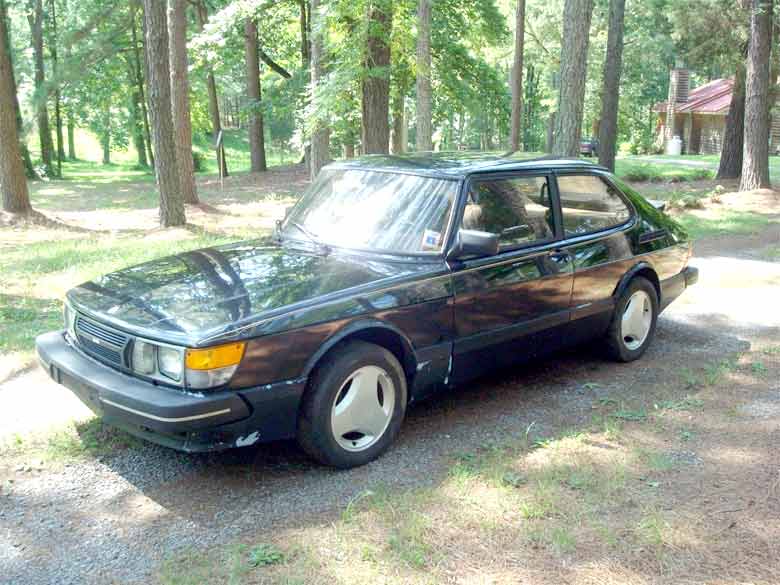

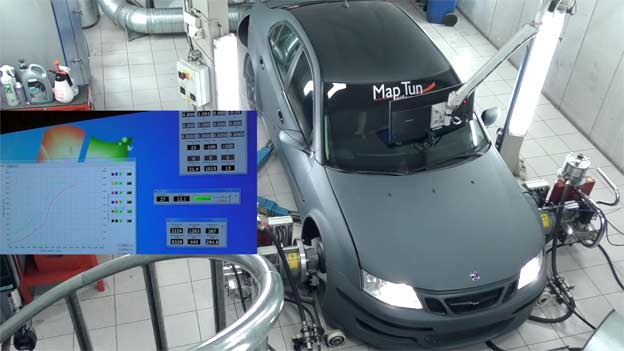
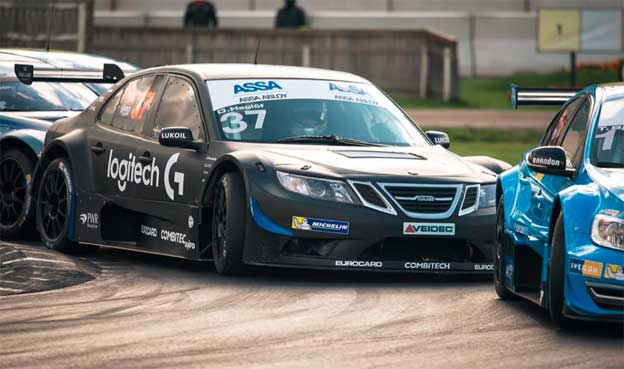


Super nice EV.
Way ahead of all others.